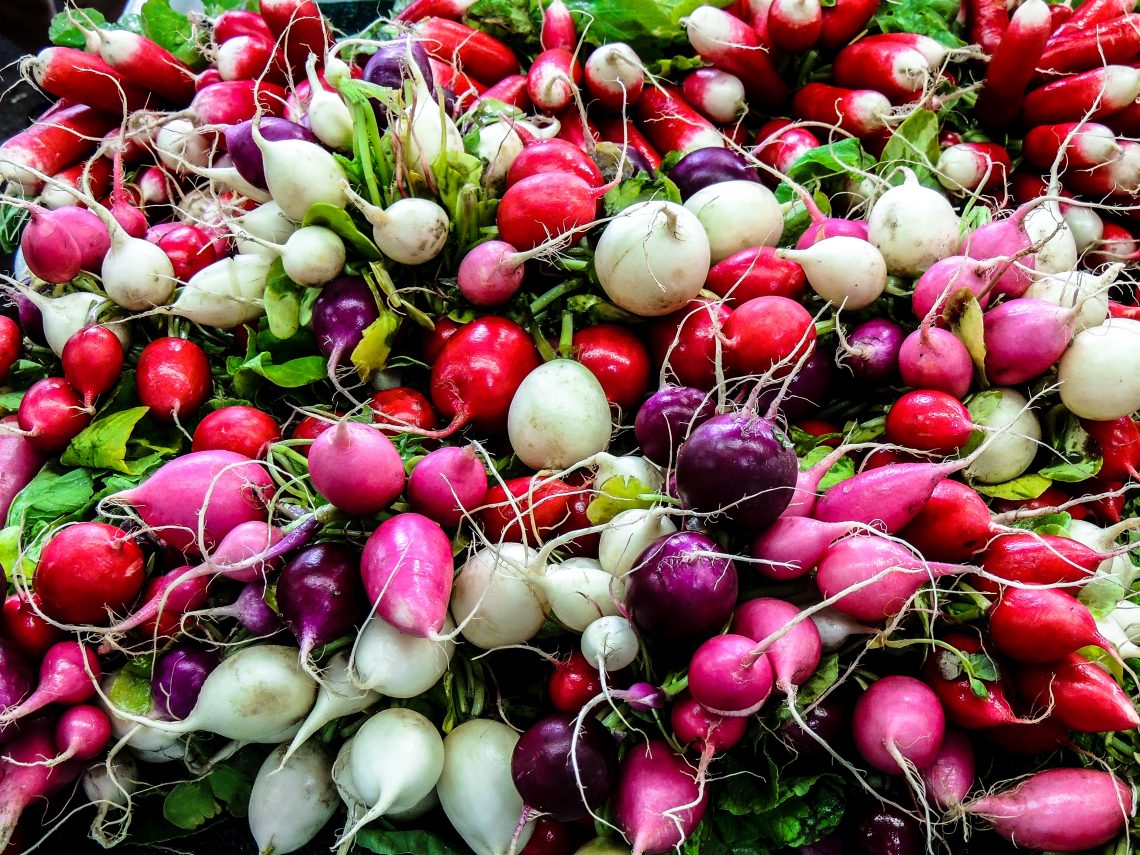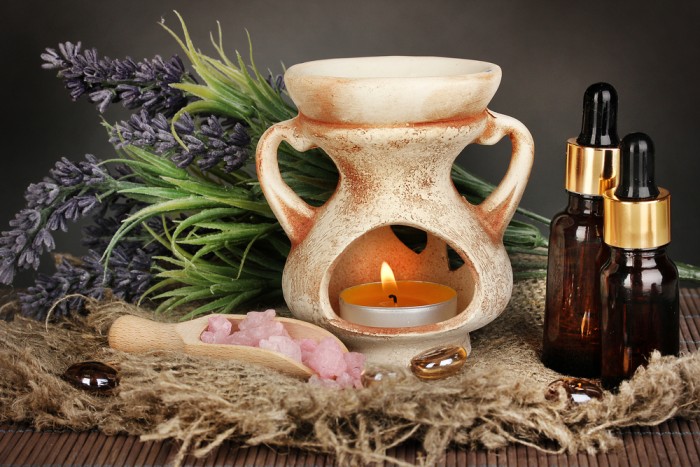
All You Need To Know About Turnips
“All You Need To Know About Turnips” – The secret to healthy fast-growing and better-tasting turnips is cool weather. As such, for the best tasting turnips, harvest in cool weather. However, if you want to harvest your turnips late spring, sow the turnip seeds directly into your garden soil about 2 to 3 weeks before the last frost date in spring. For an autumn harvest, sow your turnips in late summer – For a late autumn harvest, sow the seed in early autumn – For winter harvest, sow the seeds in late autumn in reverse-season regions.
What Are Turnips
Turnips or rutabaga is an excellent cool weather crop it is a hardy biennial plant grown as an annual plant, however. The cool-weather plant is distinguishable by having a rosette of bright green leaves that grow from a swollen tuber or root-like base. Turnips are grown for their green leave or as a root vegetable is that you have to need to know.
Turnip Yield
What you need to know about turnips. A golden tip is to plant 8 to 10 turnip plants per household member.
Planting Turnips
Site – You should grow turnips in partial shade or full sun. The ideal soils for planting turnips are well-drains soils with a pH ranging from 5.5 to 6.8 and organic matter-rich soils. Prepare the beds well in advance by adding aged manure and garden compost. If the soil is heavy clay soil, add gypsum or sand. Alternatively, plant green manure and add work the manure into the beds the season before you plant turnips.
The Time To Plant Turnips – Turnips are cool-weather crops that need 30 to 60 days to harvest. They thrive in temperatures ranging between 40°F and 75°F. For the best produce, you should harvest them before the temperature exceeds 75°F.
If you want to harvest your turnips late spring or early summer, sow the turnip seeds directly into your garden soil about 2 to 3 weeks before the last frost date in spring.
Planting & Spacing Turnips – Turnips are not easily transplanted. As such, sow the seed directly in the garden bed you want the plants to grow. Sow the seeds half an inch deep and one inch apart, making sure the rows are wide as well. You will need to thin successful seedlings four to six inches apart. As for the rows, you will need to space them twelve to twenty-four inches apart. In the case of greens, thin the turnips two to three inches apart.
Container Growing Turnips – You can easily grow turnips in containers. For instance, you can successfully grow small turnip roots in wide containers that are at least eight inches deep.
Caring For Turnips
Feeding And Watering – To ensure your turnips grow as fast as possible, keep the soil moist. Never let the soil dry out as it will lead to slow growth. The slow growth of turnips causes the roots to grow woody and attain a strong flavor. Also, side dress the turnips with aged compost midseason.
Companion plants – Companion plants include peas, bush beans, and southern peas.
Caring For Turnips – Keep their beds weed-free. Do not overcrowd turnip as it causes the roots to grow small. Straw-mulch the plants to ensure the tuber tops do not get sunburns.
Turnip Pests – Flea beetles and aphids attack turnips. To control aphids, hose off plants with large populations of the pest or pinch the infested foliage in case of small infestations. Keep the garden weed-free to deter flea beetles.
Turnip Diseases – Turnips can suffer from white rust fungus, which causes a small white cottony blister on the upper side of leaves as well as yellow discolorations on the leaves undersides. Generally, control is not necessary.
Harvesting Turnips
Harvesting Turnips – You can harvest turnips 30 to 60 days after you sow the seeds. To harvest, lift the roots when they have a diameter of 2 to 3 inches. Lift the roots carefully using a garden fork. You can cut the leaves when they are 12 inches long; start by cutting the outside leaves first. For greens, you can harvest thinned seedlings.
Storing And Long-Term Preserving Turnips – You can keep turnip greens in the refrigerator for up to 7 days. You can store the roots for up to 2 months in the fridge. Alternatively, you can store the roots in a cold, dry environment for 3 to 5 months (do not refrigerate). You can store cooked turnips frozen for up to 6 months.
Photo by philippe collard on Unsplash
This article is a curated selection of ideas and crafts we have found creative. The information contained in this website is for general information purposes only. If you are the copyright owner of content which appears on our website and you did not authorize the use of the content you must notify us in writing in order for us to identify the allegedly infringing content and remove it immediately.




